Two physicists at Jefferson Lab have been selected as fellows for the distinguished Oppenheimer Science and Energy Leadership Program (OSELP), considered the highest honor for leadership training among national labs.
Tag: accelerator physics
Argonne National Laboratory set to play pivotal role in realizing U.S. goals for nuclear science research
The Nuclear Science Advisory Committee recently unveiled its 2023 Long Range Plan for nuclear science. Argonne National Laboratory, with its world-class nuclear physics facilities and expertise, is poised to play a pivotal role in realizing the plan.
Accelerating waves shed light on major problems in physics
Researchers derive new wave equation that sheds light on fundamental physics questions.
Argonne to recycle magnets from Advanced Photon Source in new physics experiment at Brookhaven
Argonne is recycling 700 magnets as its Advanced Photon Source undergoes an upgrade, and the old magnets will be used for the Electron-Ion Collider.
Argonne receives funding to use AI and machine learning for nuclear physics research
Three Argonne projects will receive funding to use AI and machine learning for nuclear physics accelerators and detectors.
Ready, set, upgrade: Advanced Photon Source’s overhaul is underway
The Advanced Photon Source at Argonne National Laboratory is beginning the installation phase of an upgrade that will enable new breakthroughs in a variety of sciences.
Argonne’s Advanced Photon Source prepares for its renewal
The Advanced Photon Source is about to undergo a comprehensive upgrade, one that will require a one-year pause in operations. When the APS returns to operation in 2024, its brighter X-ray beams will lead to new breakthroughs in many different areas for decades to come.
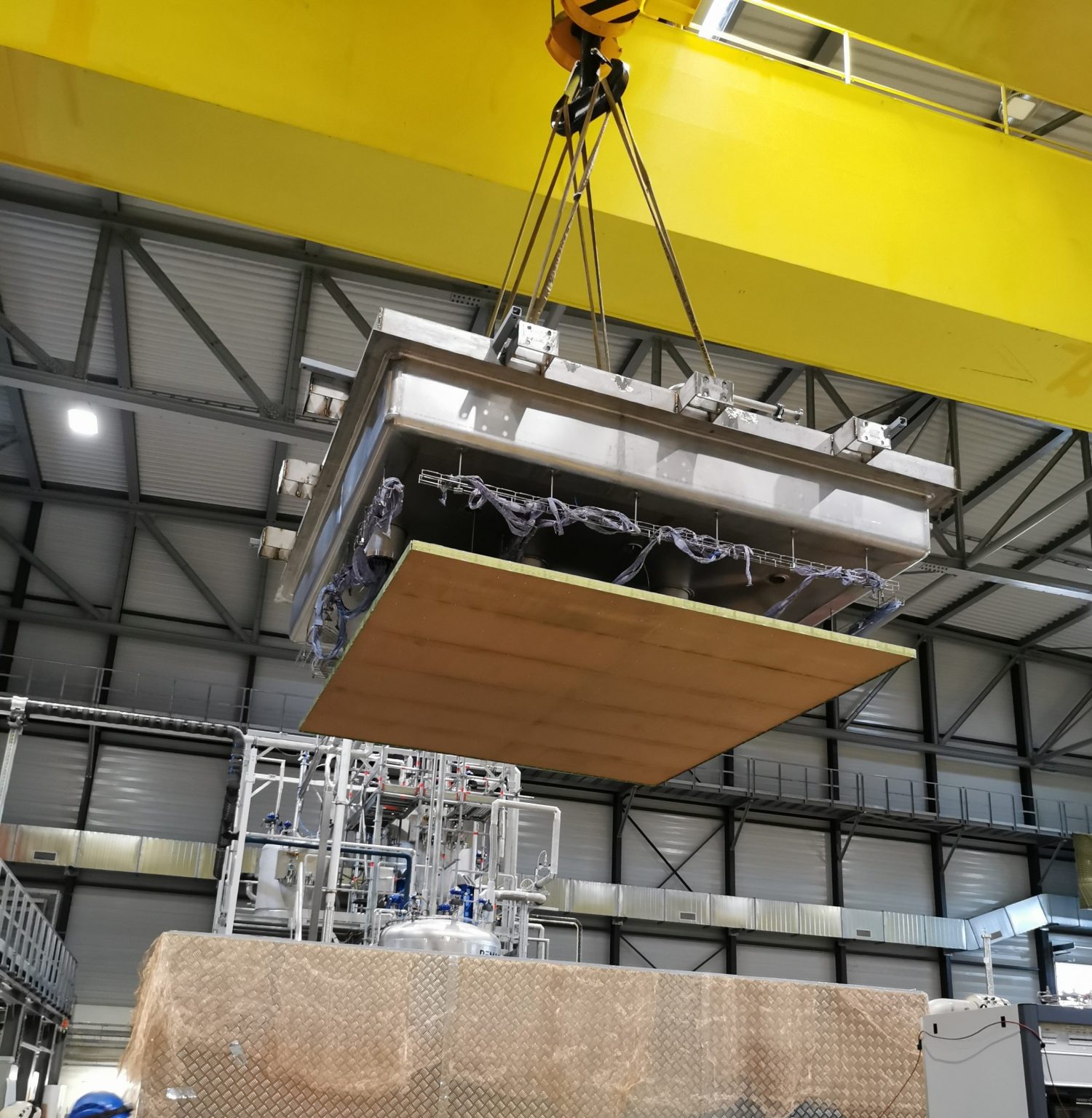
DUNE collaboration tests new technology for second detector module
Scientists working on the international Deep Underground Neutrino Experiment are developing a vertical drift detector. The new technology may open doors to building large neutrino detectors at a lower cost and in a simpler manner.
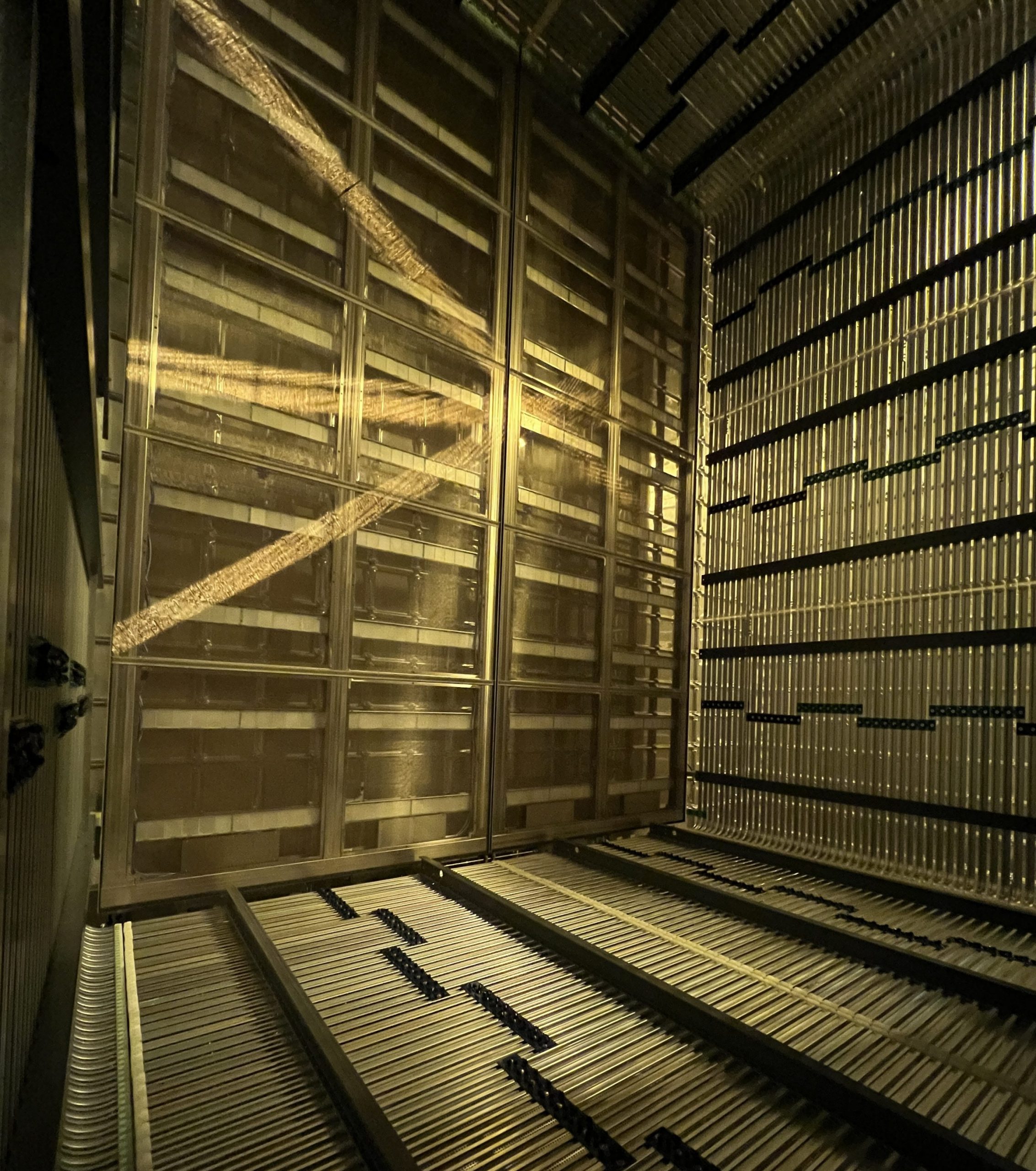
DUNE collaboration ready to ramp up mass production for first detector module
The international DUNE collaboration is conducting final tests of the components for its first neutrino detector module, to be installed a mile underground in South Dakota. Preparations for ramping up the mass production of these components are underway.
Laser shots at National Ignition Facility could spark additional discoveries in astrophysics
Using the Argonne Tandem Linac Accelerator System (ATLAS), a team of scientists is studying the environment created during laser shots at the National Ignition Facility to better understand its potential as a testbed for nuclear astrophysics research.
Confining quarks
A new way to study quarks, one of the building blocks of the protons and neutrons that make up atomic nuclei, is proposed.
Nuclear popcorn: Heavy nucleus changes shapes at different energies
A research collaboration between Argonne and the University of North Carolina at Chapel Hill produced a paper that examines how the nucleus of nickel-64 reacts when exposed to energy.
SLAC’s superconducting X-ray laser reaches operating temperature colder than outer space
Nestled 30 feet underground in Menlo Park, California, a half-mile-long stretch of tunnel is now colder than most of the universe. It houses a new superconducting particle accelerator, part of an upgrade project to the Linac Coherent Light Source (LCLS) X-ray free-electron laser at the Department of Energy’s SLAC National Accelerator Laboratory.
AI learns physics to optimize particle accelerator performance
Researchers at the Department of Energy’s SLAC National Accelerator Laboratory have demonstrated that they can use machine learning to optimize the performance of particle accelerators by teaching the algorithms the basic physics principles behind accelerator operations – no prior data needed.
Argonne announces 2022 Maria Goeppert Mayer Fellows, honoring the legacy of the physics Nobel Laureate
Argonne’s Maria Goeppert Mayer is one of only four women to win the Nobel Prize in physics. Today, on her 115th birthday, Argonne announces the award of its 2022 Maria Goeppert Mayer Fellowship to four outstanding early-career doctoral scientists.
SLAC’s Panofsky fellows talk about what makes their research so exciting
Among the many scientists who push the frontiers of knowledge at the Department of Energy’s SLAC National Accelerator Laboratory, the Panofsky fellows stand out.
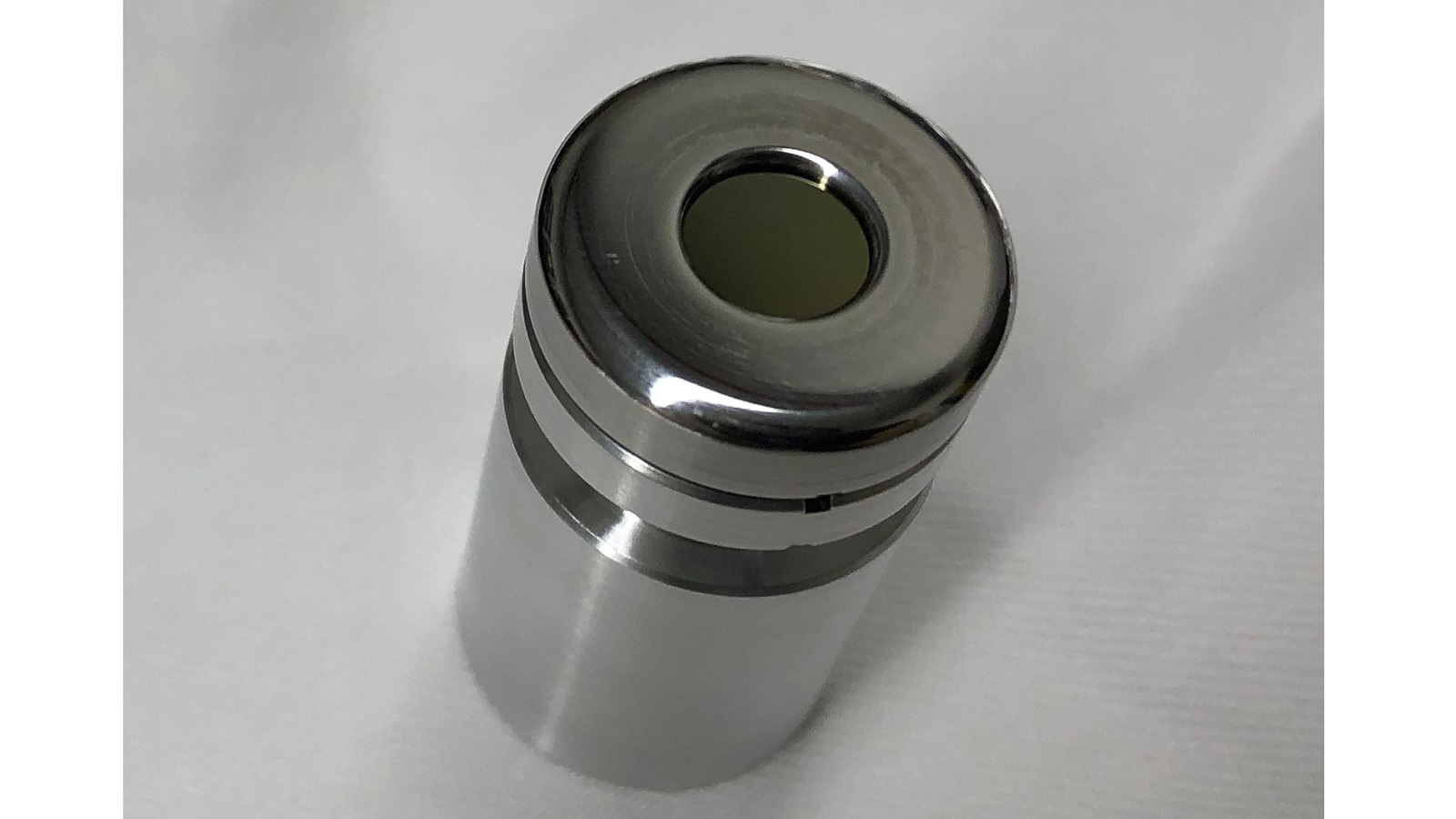
Tiny diamonds prove an excellent material for accelerator components
In a new study from the U.S. Department of Energy’s Argonne National Laboratory, researchers have demonstrated a new material that has an excellent balance of parameters needed to generate a good accelerator beam.
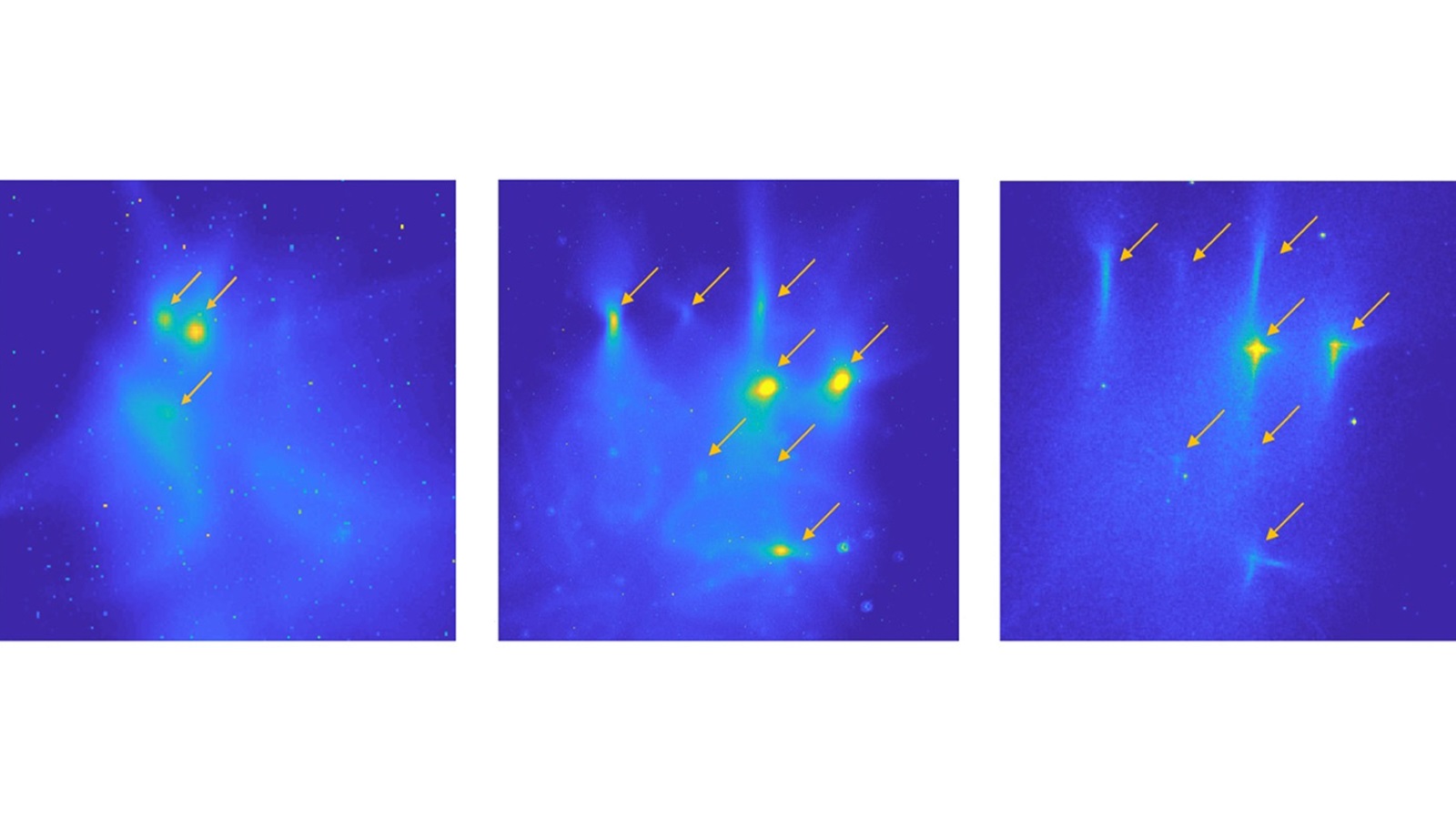
Scientists use diamonds to generate better accelerator beams
Scientists use diamond emitters to shape an accelerator beam to minimize energy loss, improving efficiency.
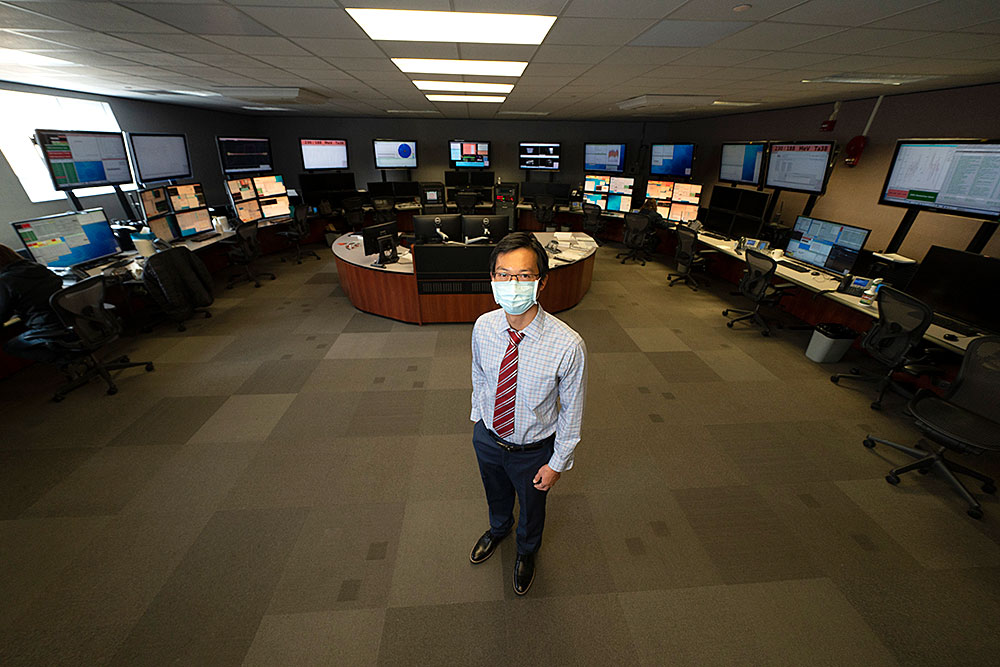
RHIC Run 21: Pushing the Limits at the Lowest Collision Energy
Accelerator physicists are preparing the Relativistic Heavy Ion Collider (RHIC), a DOE Office of Science user facility for nuclear physics research at DOE’s Brookhaven National Laboratory, for its 21st year of experiments, set to begin on or about February 3, 2021. Instead of producing high-energy particle smashups, the goal for this run is to maximize collision rates at the lowest energy ever achieved at RHIC.
JSA Announces 10 New Graduate Fellows
Jefferson Science Associates has announced the award of ten graduate fellowships to doctoral students for the 2020-2021 academic year. The fellowships will support students’ advanced studies at their universities and research at the Thomas Jefferson National Accelerator Facility, a U.S. Department of Energy nuclear physics research laboratory managed and operated by JSA.
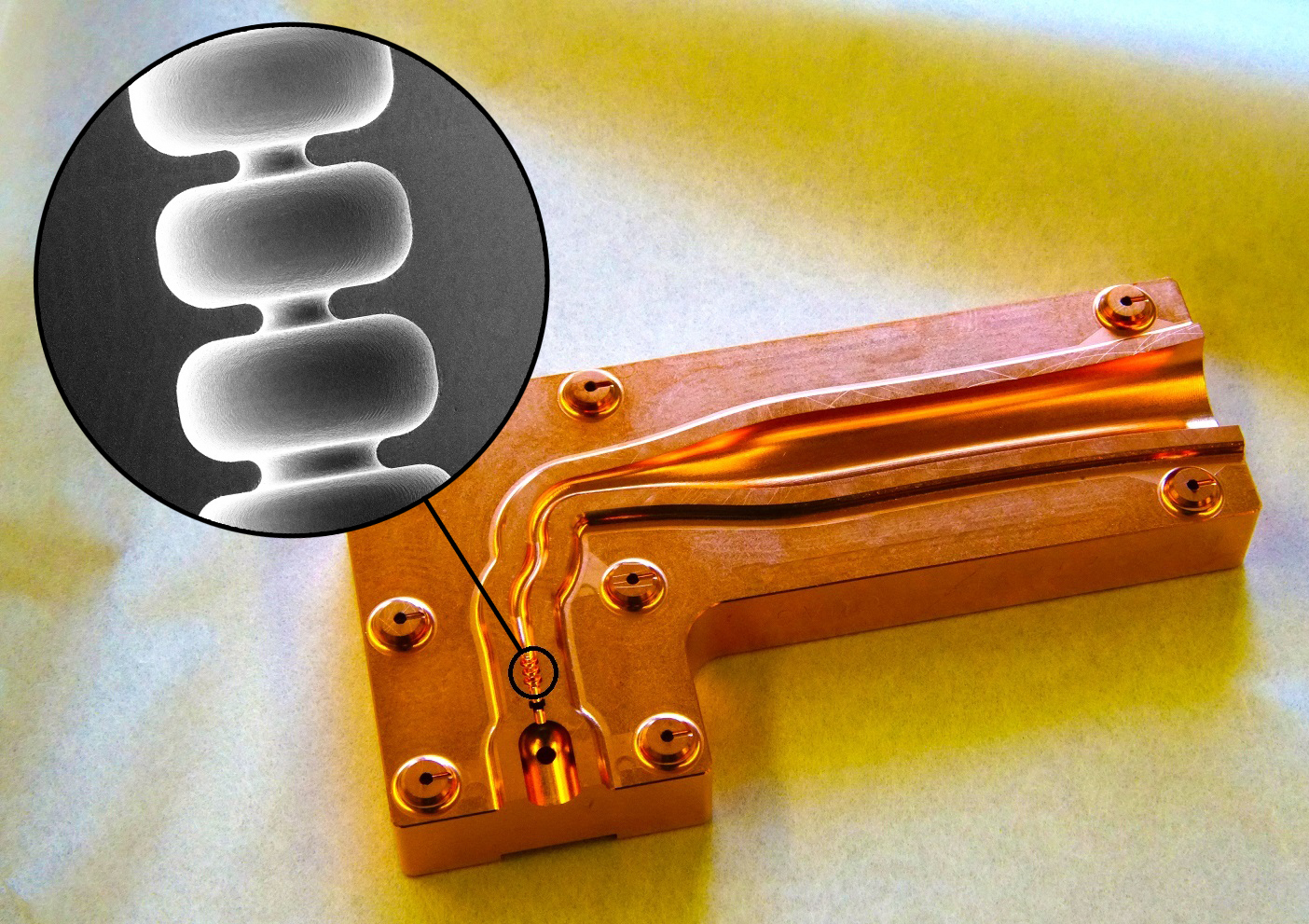
SLAC invention could make particle accelerators 10 times smaller
A team led by scientists at the Department of Energy’s SLAC National Accelerator Laboratory has invented a new type of accelerator structure that could make accelerators used for a given application 10 times shorter.
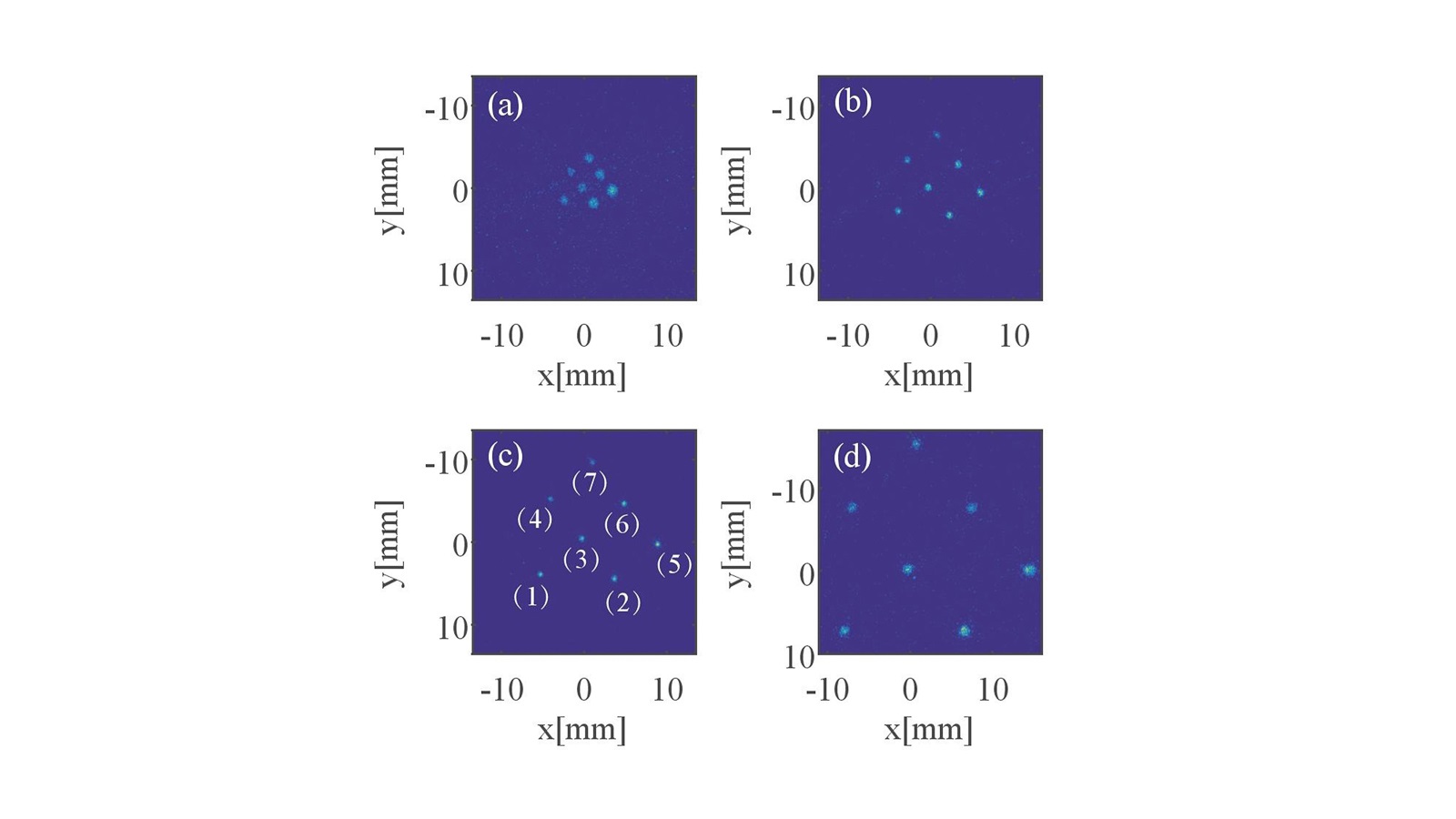
Scientists find new way to measure important beam property
In a new study from Argonne, researchers have measured important beam properties that will help scientists develop more focused beams for high-impact science.
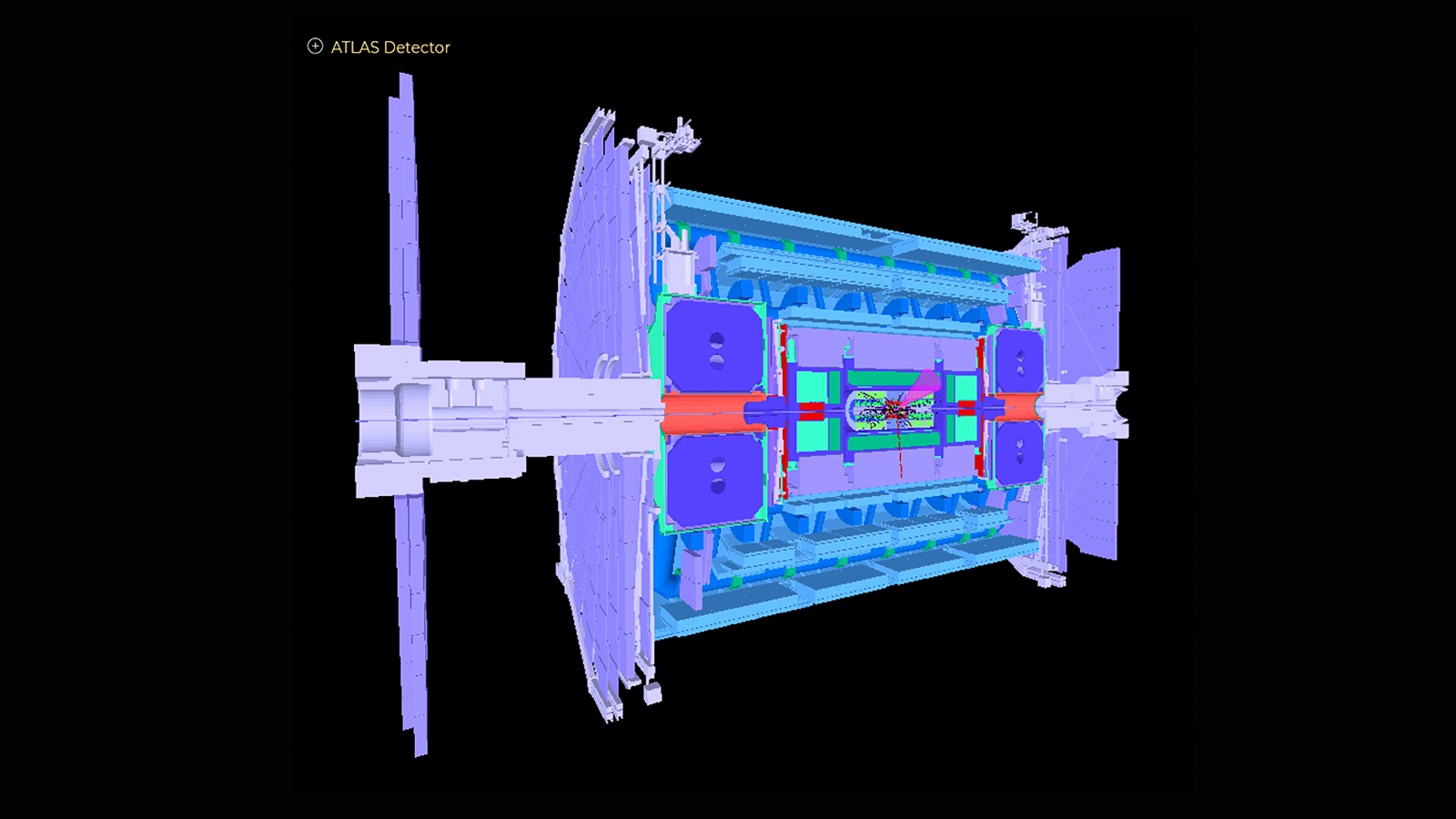
Learning more about particle collisions with machine learning
A team of Argonne scientists has devised a machine learning algorithm that calculates, with low computational time, how the ATLAS detector in the Large Hadron Collider would respond to the ten times more data expected with a planned upgrade in 2027.
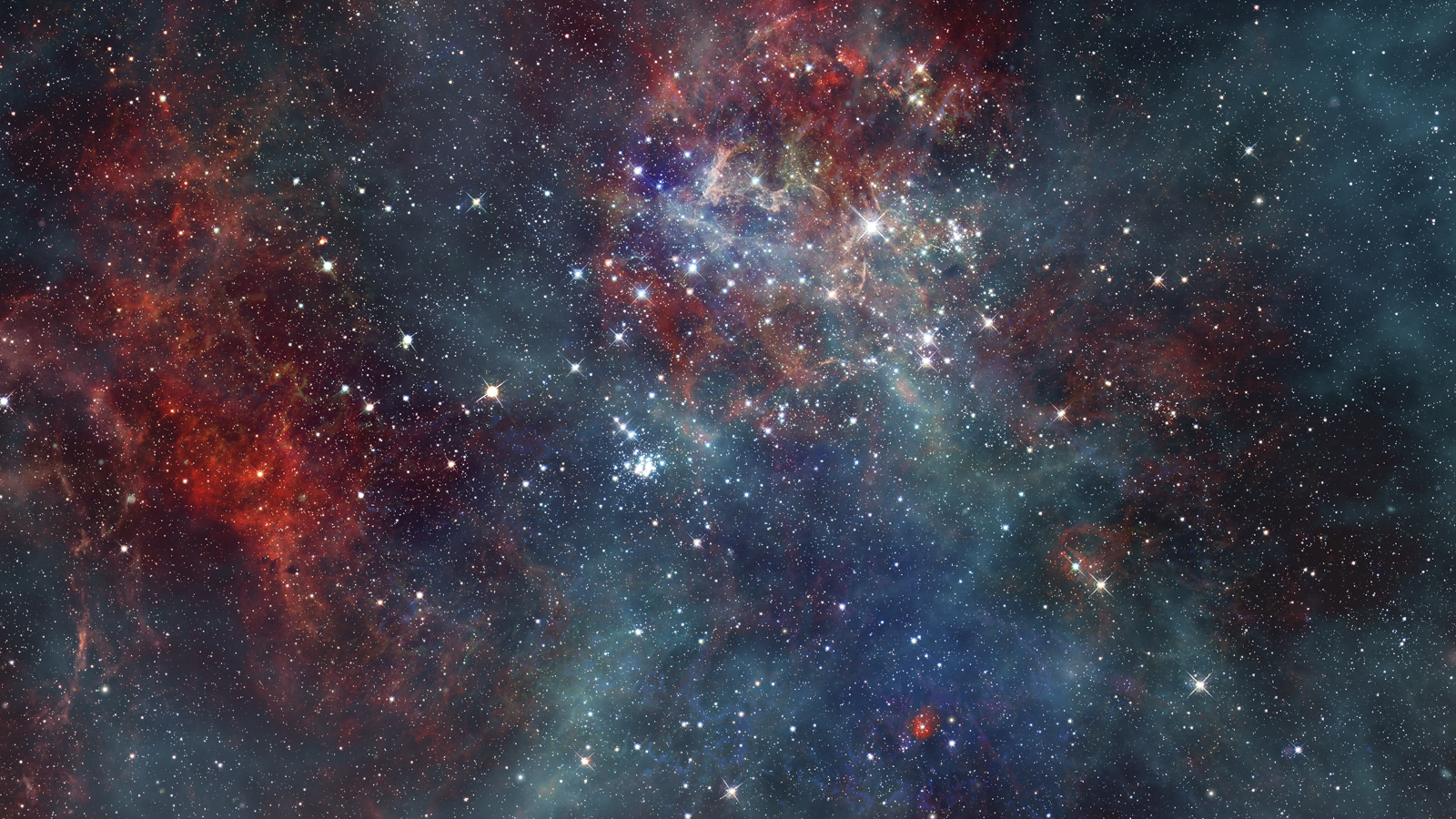
Argonne’s pioneering user facility to add magic number factory
A forthcoming N = 126 Factory will investigate one of the great questions in physics and chemistry: how were the heavy elements from iron to uranium created?
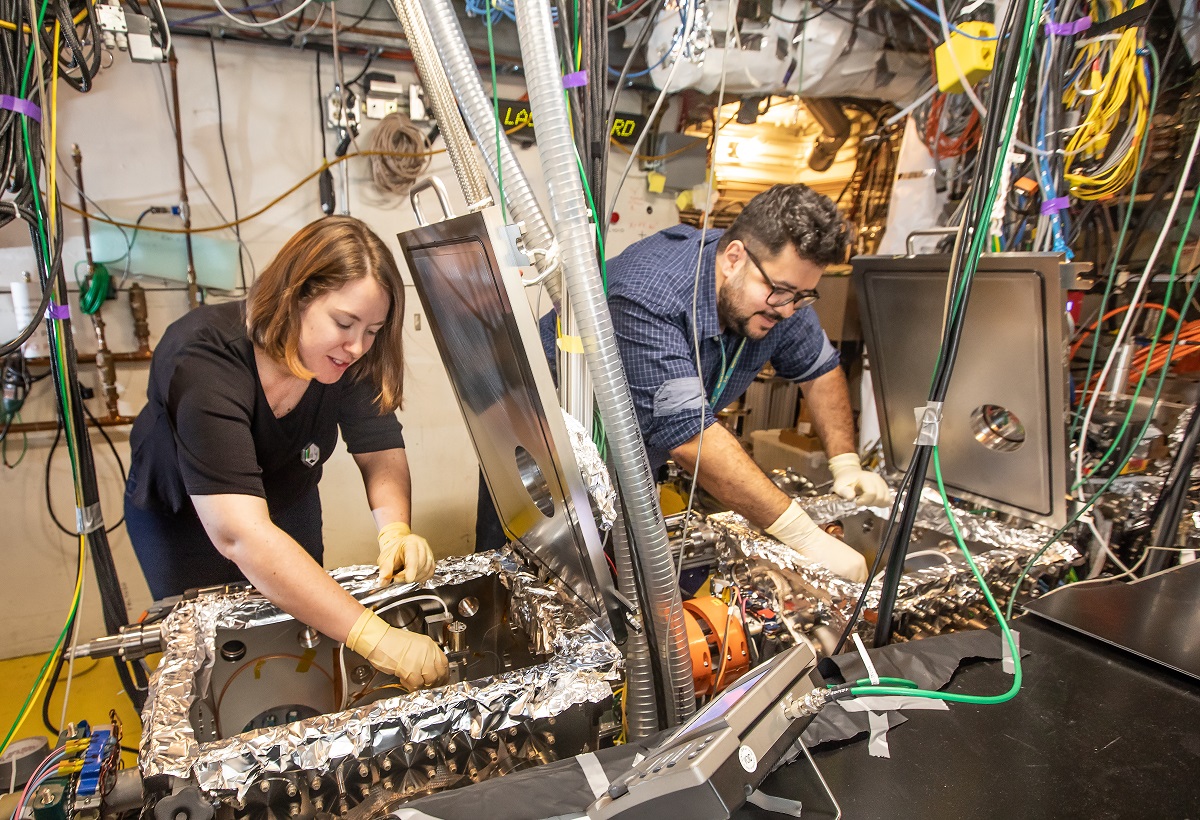
Terahertz radiation technique opens a new door for studying atomic behavior
Researchers from the Department of Energy’s SLAC National Accelerator Laboratory have made a promising new advance for the lab’s high-speed “electron camera” that could allow them to “film” tiny, ultrafast motions of protons and electrons in chemical reactions that have never been seen before.
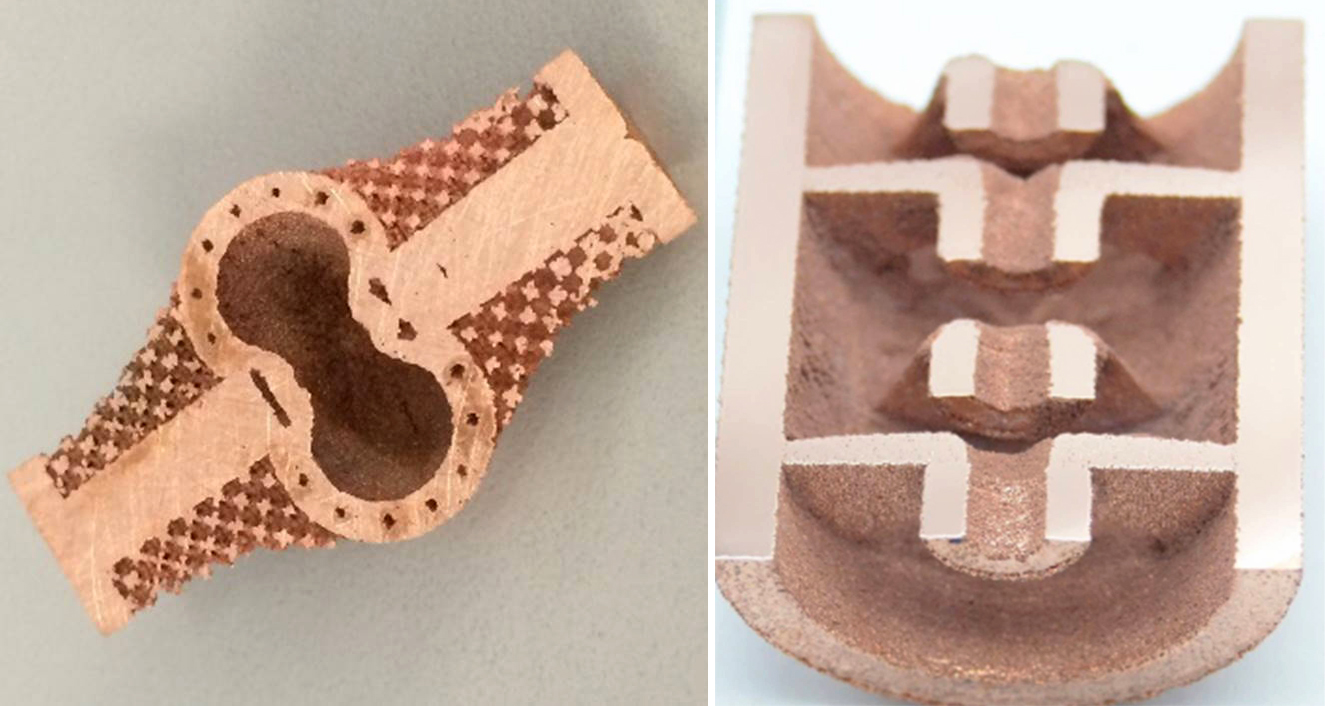
Could the next generation of particle accelerators come out of the 3D printer?
Imagine being able to manufacture complex devices whenever you want and wherever you are. It would create unforeseen possibilities even in the most remote locations, such as building spare parts or new components on board a spacecraft. 3D printing, or additive manufacturing, could be a way of doing just that.